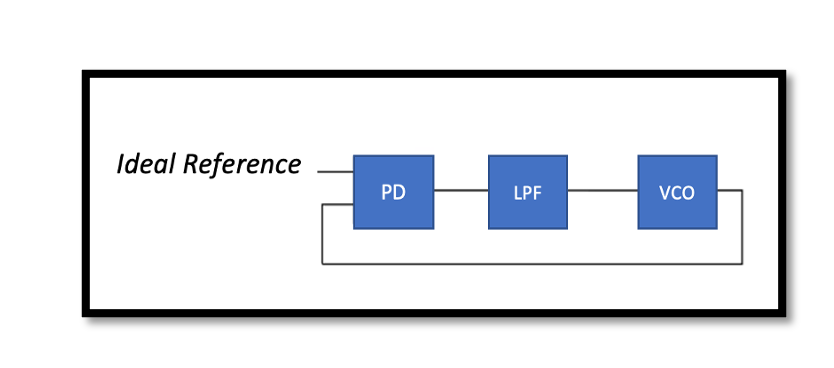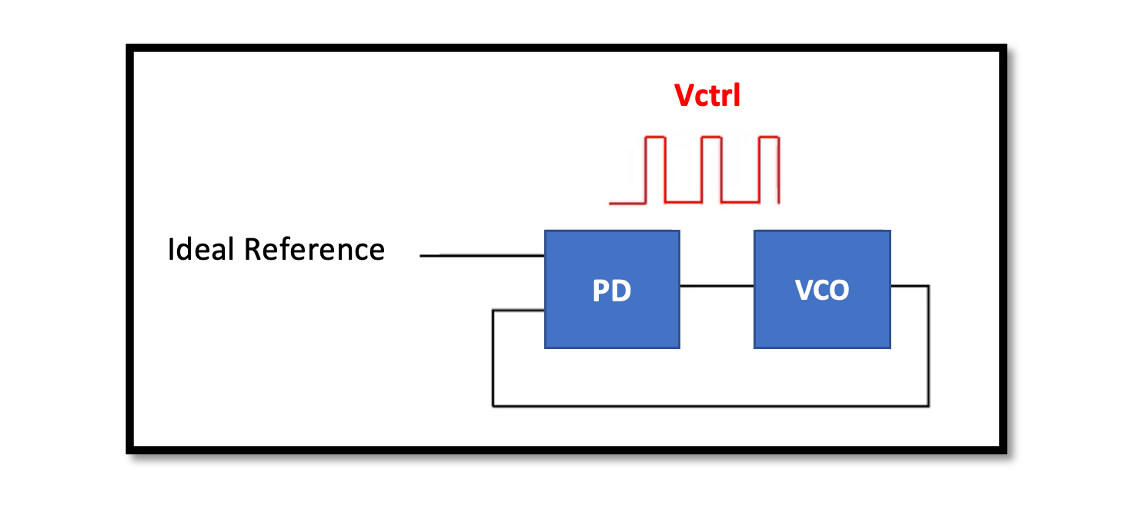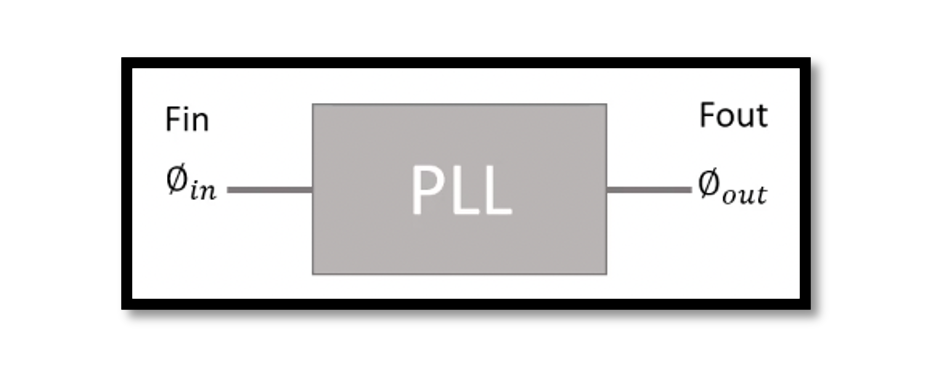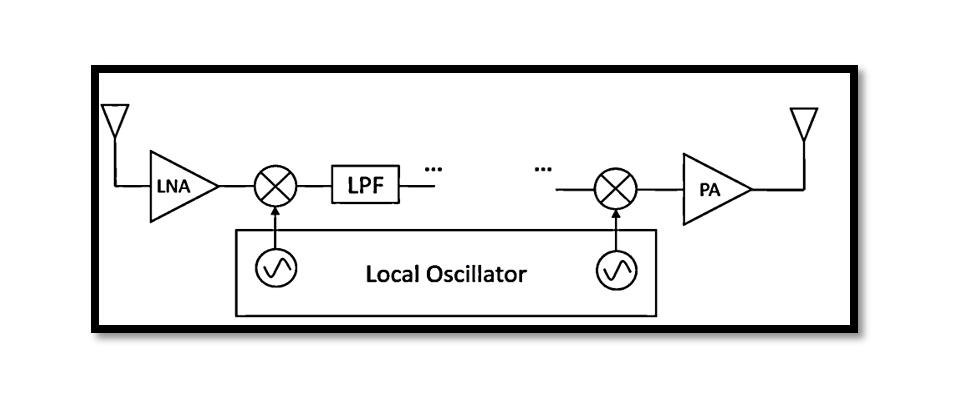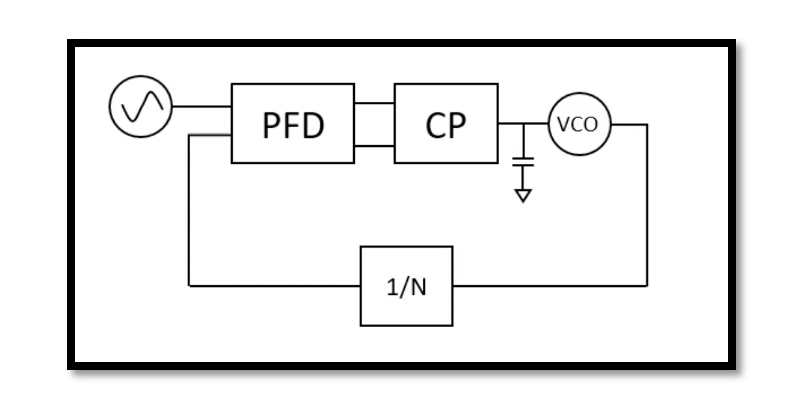Phase-Locked Loops (PLLs) are critical components in a variety of electronic systems, ensuring accurate and stable frequency and phase synchronization. However, one common issue that can degrade the performance of PLLs is voltage ripple. This blog will delve into the …
A Phase-Locked Loop (PLL) is a critical component in many electronic systems, used for synchronizing signals, frequency synthesis, and signal recovery. This blog provides a detailed explanation of the PLL, its operation, and the underlying theory, including relevant equations and …
A Phase-Locked Loop (PLL) is a control system that generates an output signal whose phase is related to the phase of an input signal. It is a fundamental building block in many electronic systems, particularly in communications and signal processing. …
In RF communication, both the receiver and transmitter sections of a transceiver are crucial. On the left side of the RF receiver, we receive signals from an antenna. As previously discussed in our courses, the receiver comprises various components like …
A Phase-Locked Loop (PLL) is a sophisticated electronic control system that aligns the phase of an output signal with a reference input signal through a feedback loop, ensuring their frequencies match. It consists of a phase detector, a low pass …
In this blog, we will explore individual Phase-Nosie contributors in a Phase-Locked Loop, how they get shaped by closed loop, and how they combine to produce typical Phase-Noise profile of a PLL. This fundamental understanding is vital in optimizing Phase-Noise …

